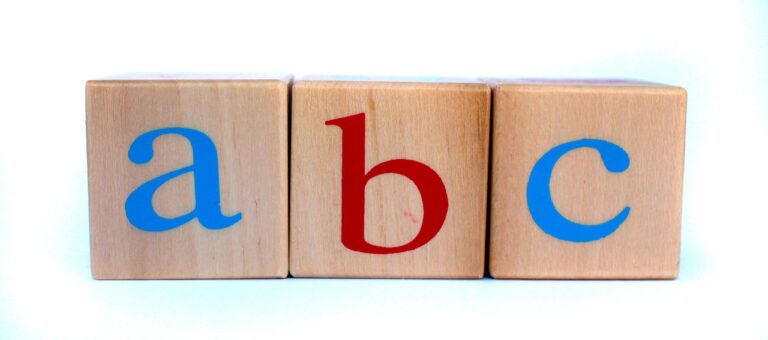Addressing Classroom Management Challenges
In a classroom setting, various management issues can often arise, impacting the learning environment for both students and teachers. One common issue that teachers face is disruptions and distractions during lessons, which can hinder the flow of instruction and impede student engagement. Whether it be side conversations, electronic devices, or other off-task behaviors, addressing these disruptions is crucial in maintaining a productive learning environment.
Another prevalent classroom management issue is student misbehavior, which can manifest in different forms such as talking back, not following directions, or engaging in confrontations with peers. Managing student misbehavior requires a proactive approach that focuses on establishing clear expectations for behavior and implementing appropriate consequences when necessary. By identifying the root causes of these behaviors and addressing them effectively, teachers can create a more positive and conducive learning atmosphere for all students.
Establishing Clear Expectations for Behavior
One key aspect of creating an effective classroom environment is establishing clear expectations for behavior. When students understand what is expected of them, they are more likely to exhibit positive behavior and engage in learning activities. Teachers should clearly communicate these expectations from the beginning of the school year and consistently reinforce them throughout the term.
Setting clear expectations involves outlining rules and consequences for misbehavior. These rules should be specific, concise, and easy for students to understand. By being consistent in enforcing these guidelines, teachers can help students develop self-discipline and respect for themselves and others in the classroom.
Creating a Positive Classroom Environment
A positive classroom environment plays a crucial role in fostering a conducive atmosphere for learning. It is essential for educators to create a space where students feel safe, respected, and motivated to engage in the learning process. This can be achieved by promoting open communication, encouraging collaboration among students, and acknowledging individual strengths and contributions.
Furthermore, effective classroom management techniques such as providing clear instructions, implementing fair consequences, and consistently reinforcing positive behavior are integral to maintaining a positive environment. By setting clear expectations and holding students accountable for their actions, teachers can establish a sense of structure and order that allows for a more productive and harmonious classroom dynamic.





